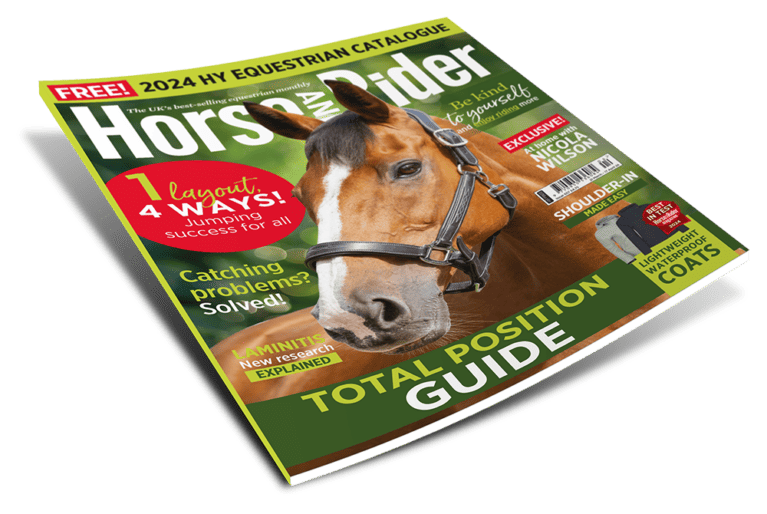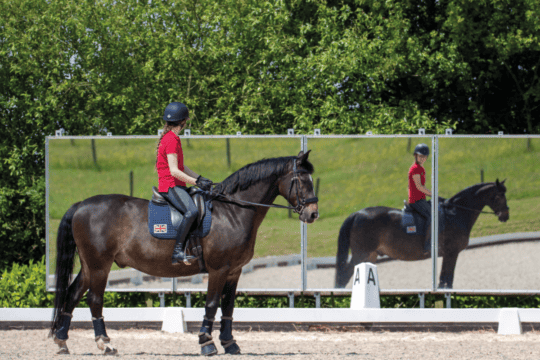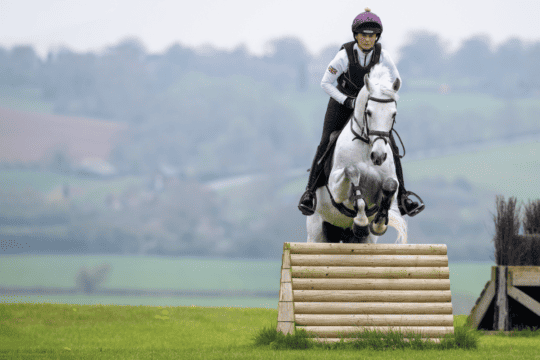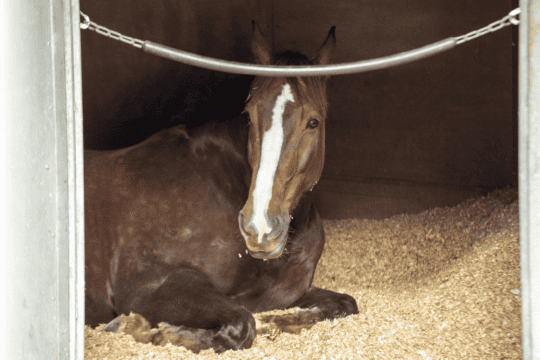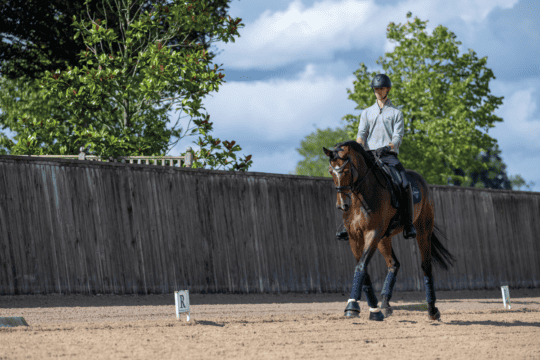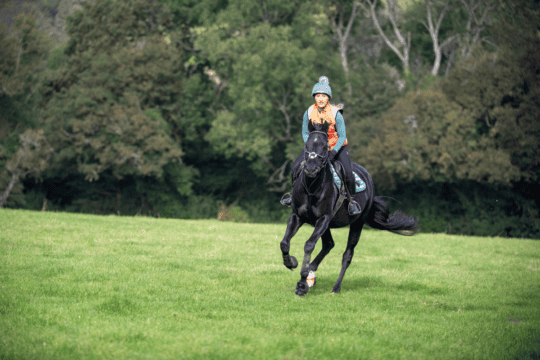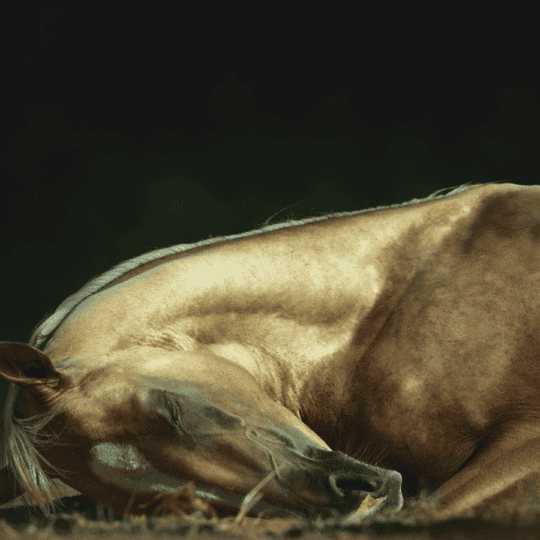Create a supple horse with Harry Meade
Posted 2nd January 2019
Does your horse lack suppleness or struggle with engagement? Improve his gymnastic abilities with eventer Harry Meade’s lateral work exercises
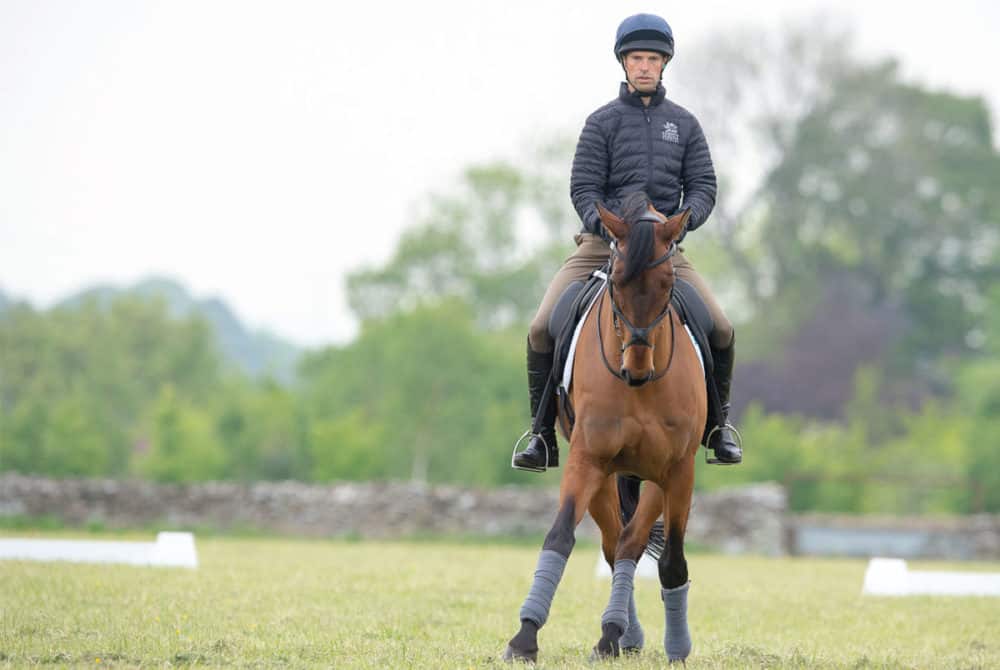
Whether you want to create a well-rounded eventer or simply a correctly schooled horse, the basic principles you want to instil begin on the flat. Everything in dressage revolves around engagement – getting your horse stepping under his body with his hindlegs – but this is developed by working through a number of different building blocks. One of the most important of these is suppleness.
A supple horse is able to bend his whole body easily, work through his back, and move fluidly without any tension or stiffness. Some horses possess this gymnastic ability more naturally than others, and improving it doesn’t happen overnight – it’s created through regular, consistent training that accommodates your horse’s abilities while still encouraging him to develop. Lateral work is a useful tool to encourage suppleness, and leg-yield is often the first movement that you’ll teach him.
Leg-yielding
In leg-yield, your horse is moving sideways and forwards, with his body parallel to the long side of your arena and just a suggestion of poll flexion away from the direction of travel. Often one of the first lateral movements your horse learns, it’s helpful for introducing him to the idea of moving sideways, away from your leg.
When you start introducing leg-yield, the most important aspect for you to focus on is following your desired line, rather than the crossing of your horse’s legs. Often, it’s better to have less lateral movement, but with him genuinely travelling forwards, as opposed to having his body in the correct position but shuffling along sideways. Leg-yield is as much about moving forwards as it is moving sideways, and this is why having a line to stick to is helpful – without forward direction, your horse won’t be able to make it all the way across the arena.
A really important part of leg-yield is that you don’t manhandle your horse’s neck and shoulders with your hands. Instead, you’re looking to softly channel his movement sideways as he steps forward, rather than blocking him with a tight inside rein. The crossing of his legs should come from your inside leg at the girth guiding him into your outside aids.
Top tip
I often encourage pupils to keep patting their horse with their inside hand during leg-yield because this disables their inside arm, meaning they can’t block with it.
Pick up a copy of March Horse&Rider, on sale 10 January, for more suppling lateral exercises from Harry Meade.

